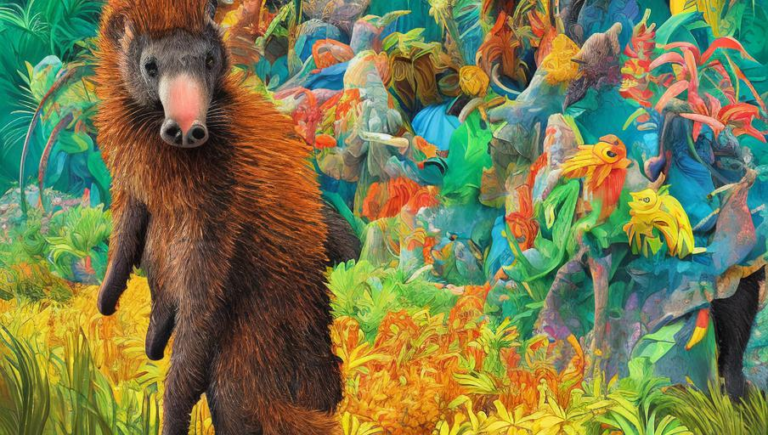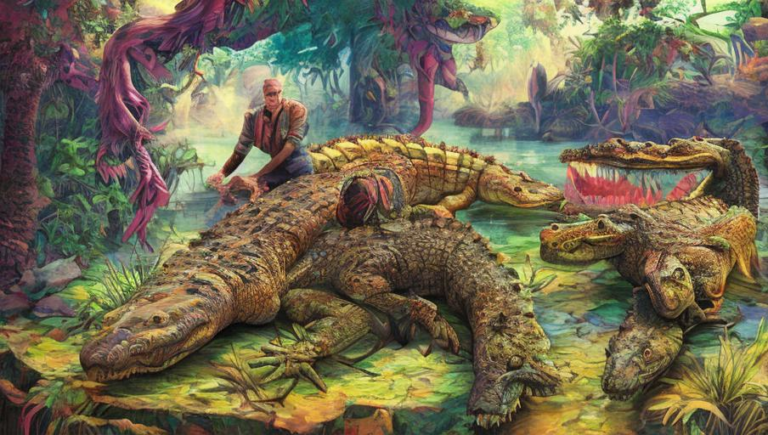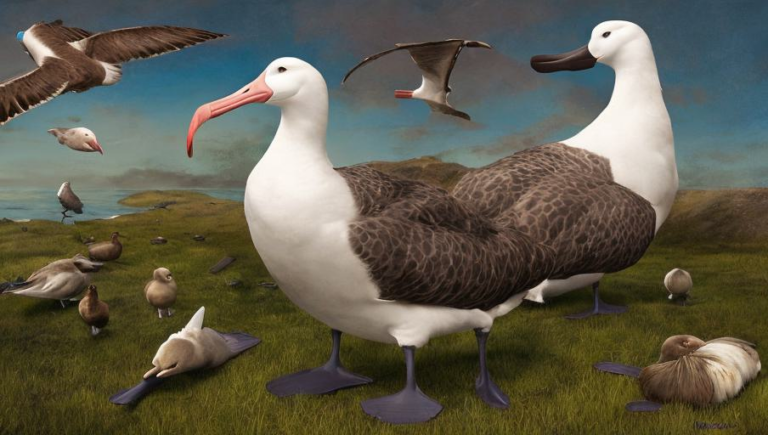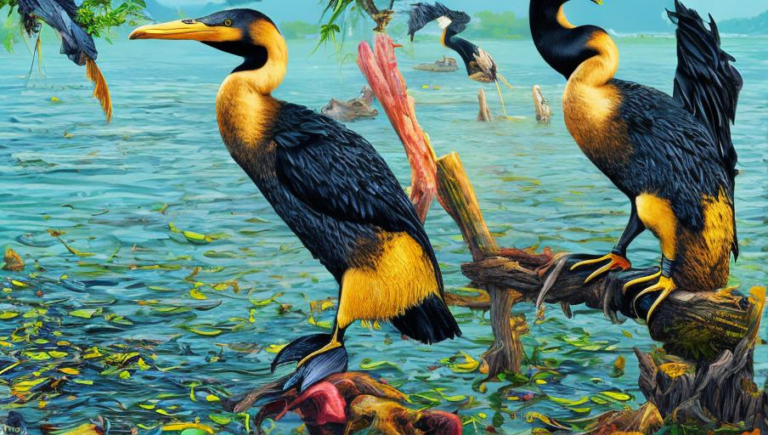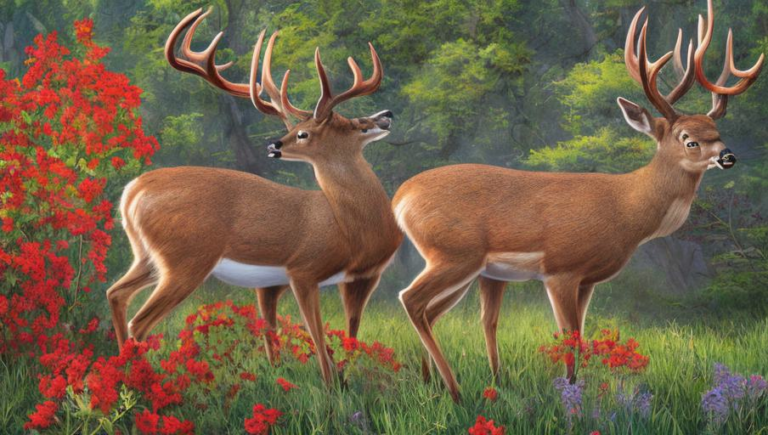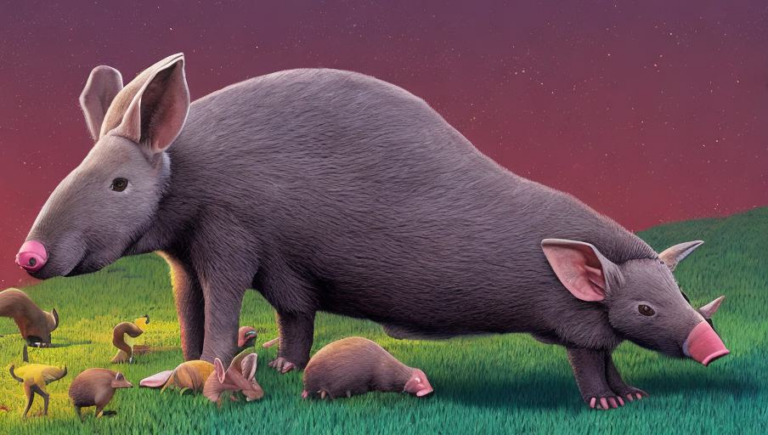The Critical Role Antelopes Play in the Ecosystem
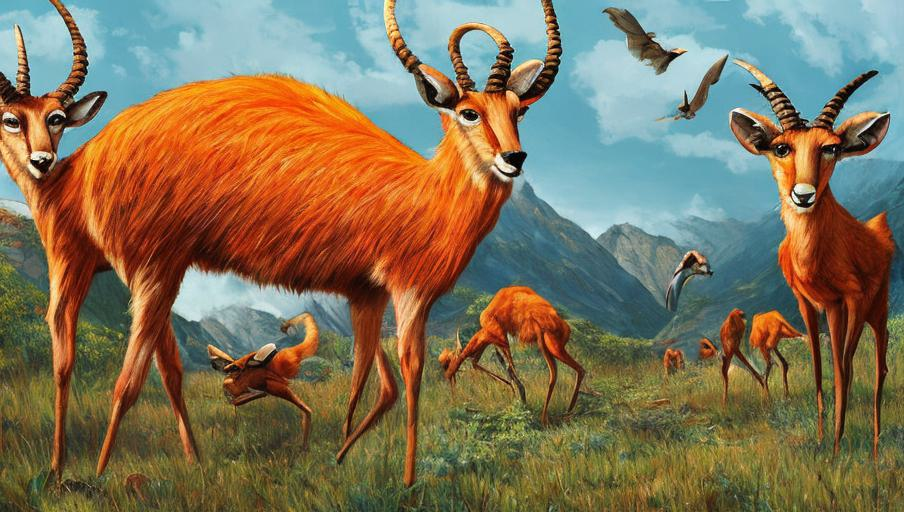
Introduction
Antelopes are a group of even-toed ungulate mammals that are native to Africa and Eurasia. They are known for their distinctive long horns and their graceful, swift gait. While they may be stunning creatures to observe, the critical role they play in their respective ecosystems often goes overlooked. In this article, we will discuss the importance of antelopes in the environment and the challenges they face.
The Role of Antelopes in the Ecosystem
Antelopes are a vital part of their ecosystems, providing food for other animals, creating pathways for other species to migrate, and helping to shape the landscape. Antelopes eat grass, shrubs, and other vegetation, allowing them to maintain the health of the savannahs and other grasslands in which they live. They also provide a food source for predators such as lions, hyenas, and wild dogs. By keeping the savannahs in check, they encourage new growth, thus providing a food source for other species. In addition, antelopes create pathways in the savannahs, which other species use to migrate.
The Challenges Antelopes Face
Unfortunately, antelopes face numerous challenges in their natural habitats, many of which are due to human activity. Habitat destruction, poaching, and the illegal wildlife trade are all major threats to antelopes and other wildlife. As their natural habitats become increasingly fragmented, antelopes become more vulnerable to predators, and their populations decrease. In addition, antelopes are often hunted for their horns and fur, which are used in traditional medicine and folk remedies.
The Need for Conservation
In order to protect antelopes, it is essential that we take steps to conserve their habitats. This includes protecting their natural habitats from further destruction, enforcing laws to prevent poaching and illegal wildlife trade, and educating the public about the importance of conservation and animal protection. Additionally, it is important to support organizations and charities that are dedicated to protecting wildlife and their habitats. By taking these steps, we can ensure that antelopes and other wildlife will continue to thrive in their natural habitats.
Conclusion
Antelopes are an important part of their ecosystems, providing food for other species and helping to shape the landscape. Unfortunately, they face numerous threats in their natural habitats, many of which are due to human activity. It is therefore essential that we take steps to conserve their habitats and protect them from further destruction. By taking these steps, we can ensure that antelopes and other wildlife will continue to thrive in their natural habitats.
